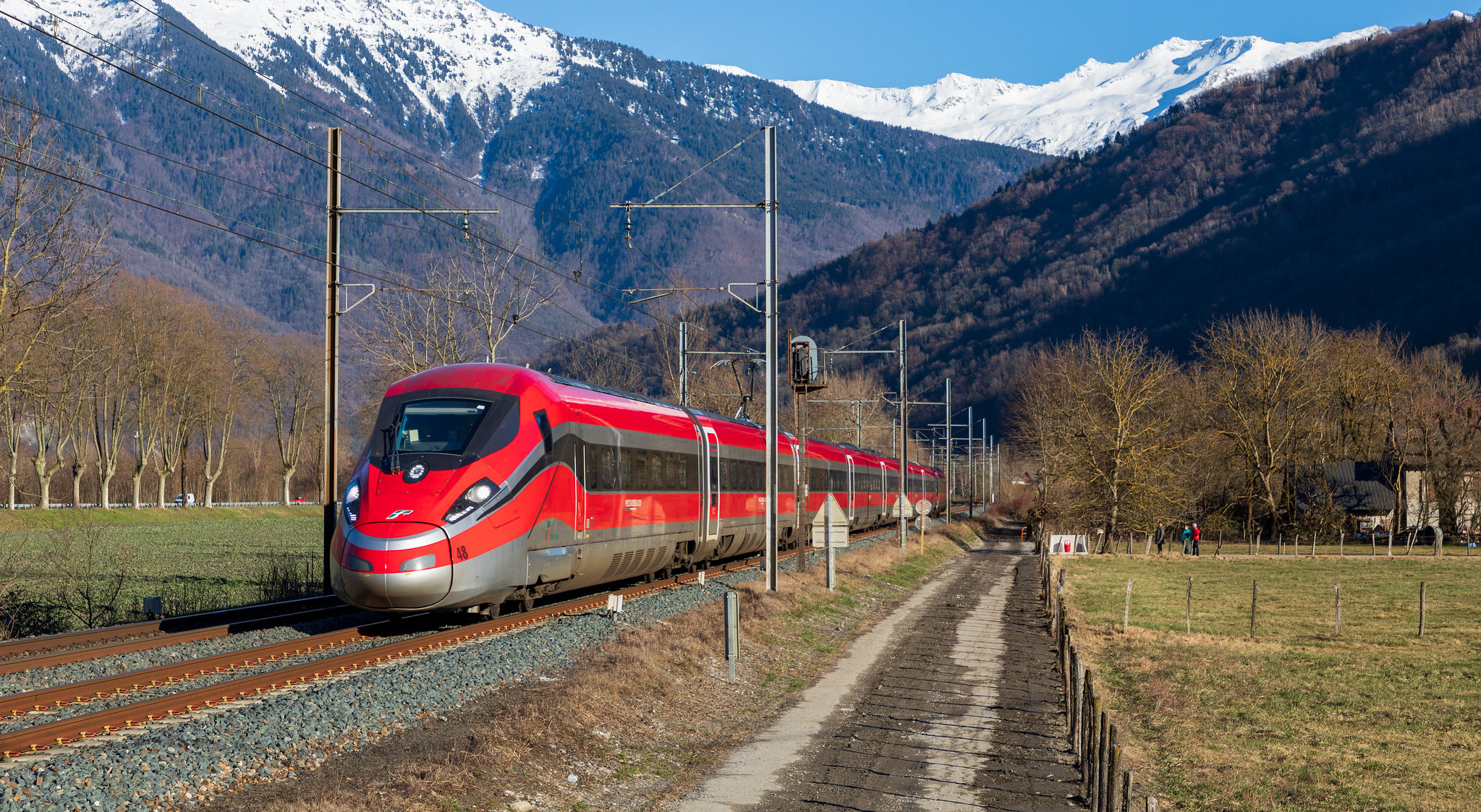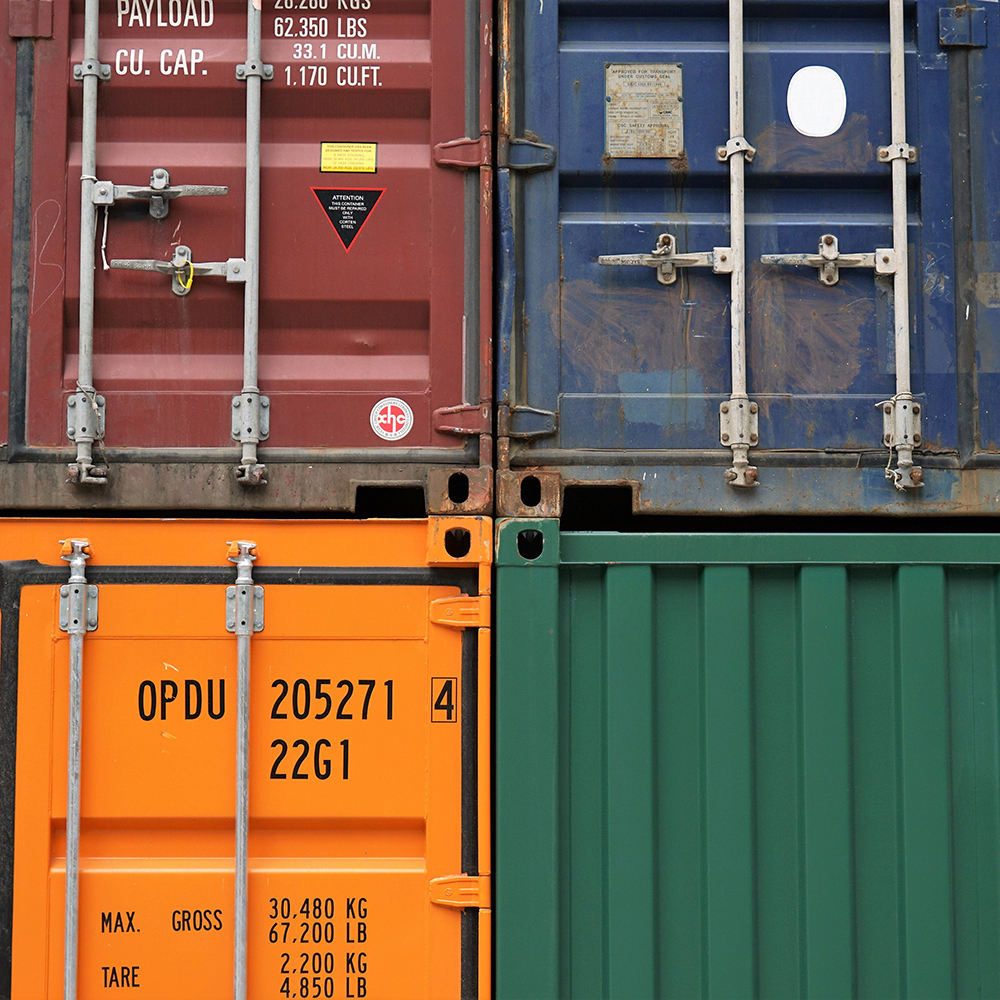Home | Towards the future


Every year almost 44 million tons of goods cross the Western Alps and currently more than 90% travel by road. It is estimated that at least half of these goods will be able to use the new Lyon-Turin line: converting the mountain line into a lowland railway will save 40% of energy, making rail transport more competitive, with considerable benefit for the environment.

The new cross-border line would allow the development of intermodal road-rail transport on the Italy-France route.
Intermodal transport is a method of moving freight that uses standardised “load units” (usually containers) that are suitable for moving from one mode of transport (ship, lorry, train) to another, in order to reach their destination.
A characteristic and prerequisite of this type of transport is that the goods are placed in an “Intermodal load unit” at a factory or at a warehouse, from which they are not removed until the final destination is reached. This lack of intermediate manipulations also assures a lower risk of damage to the contents, a lower cost of transfer between different types of transport, and a faster delivery.
The Lyon-Turin line is an essential part of the Mediterranean Corridor, one of the 9 railway axes belonging to the European TEN-T network.
The line between France and Italy represents the central hub of a railway that will connect Algeciras, in Spain, to Budapest in Hungary, serving 18% of the European population and 17% of the Community’s GDP. An axis linking the East and West of the continent, crossing seven of the nine European Corridors financed by the EU.
The Corridor is about 3,000 km long and has been created to promote economic exchanges and strengthen the competitiveness of the Mediterranean European countries, through a rail network that is both high-speed and high-capacity (freight/passenger), and which also serves major maritime and river ports, large cities and airports.
The usefulness of the Lyon-Turin line is documented by seven socio-economic evaluation studies undertaken between 2000 and the present day, carried out by qualified experts who have taken into account the volume of trade exchanges along the Mediterranean Corridor, traffic forecasts and environmental impact in such a fragile ecosystem as the Alpine one.
The European Union has focused on the creation of the TEN-T network, the European “metro line”, which envisages nine Corridors to connect the continent quickly, efficiently and sustainably along 17,500 km of railway lines, connecting ports, airports, intermodal hubs and large urban centres.
The trans-European transport network (the acronym, TEN-T, is for Trans-European Networks – Transport), is a set of integrated transport infrastructures designed to support the single market, assure the free movement of freight and people and strengthen the growth, employment and competitiveness of the European Union.
In the past, European transport systems were developed mostly according to national criteria, with the consequent scarcity or absence of interconnections at the borders or along strategic corridors. Since the 1990s, TEN-T policy has been directing European funds to support the implementation of key infrastructure projects for Europe.
By continuing to use the site, you agree to the use of cookies | Continuando ad utilizzare il sito, accetti l'uso di cookie | En continuant à utiliser le site, vous acceptez l'utilisation de cookies | PLUS
The cookie settings on this website are set to "allow cookies" to give you the best browsing experience possible. If you continue to use this website without changing your cookie settings or you click "Accept" below then you are consenting to this.